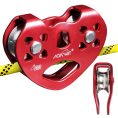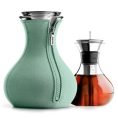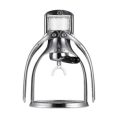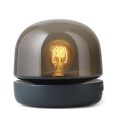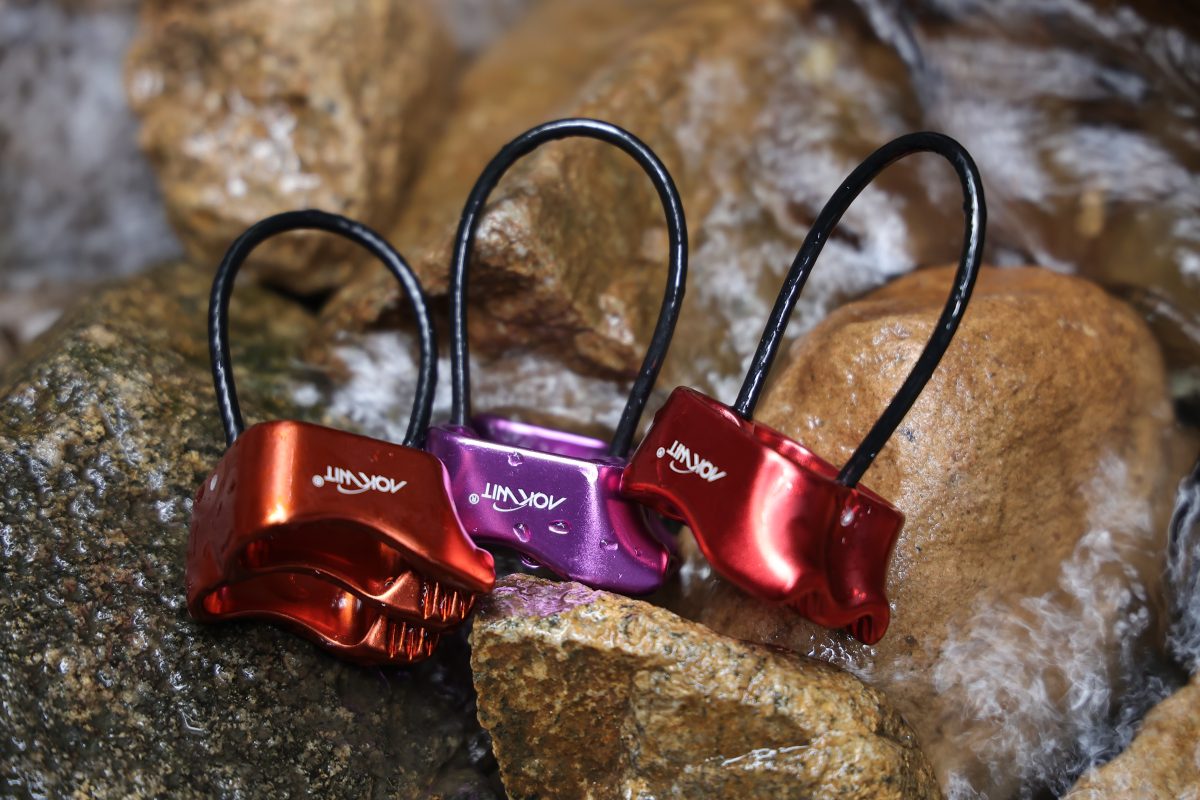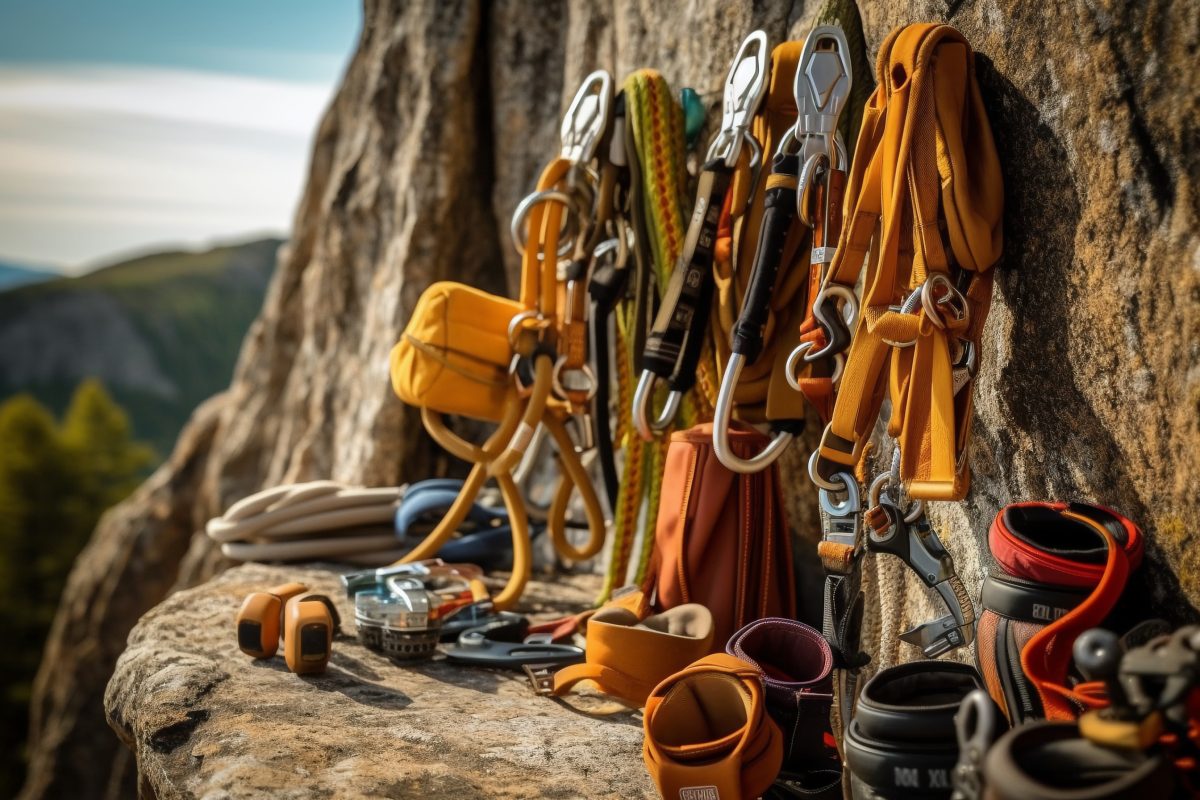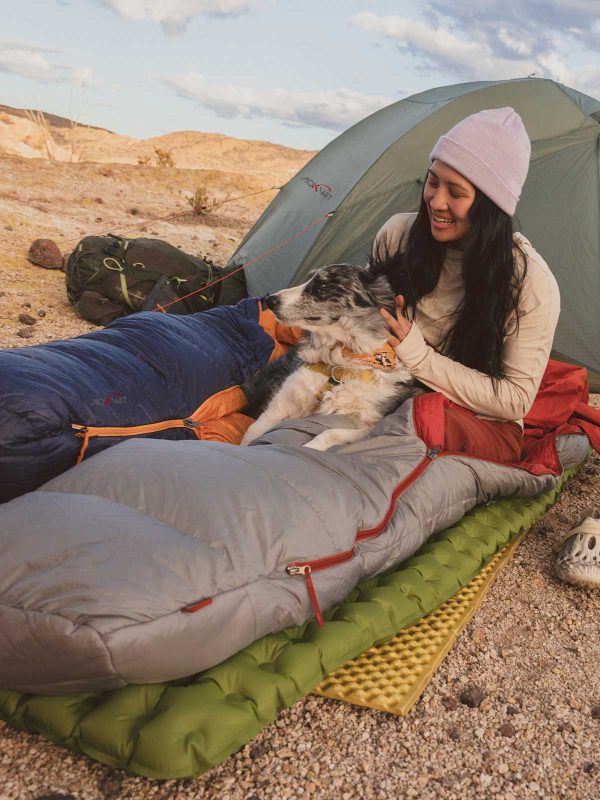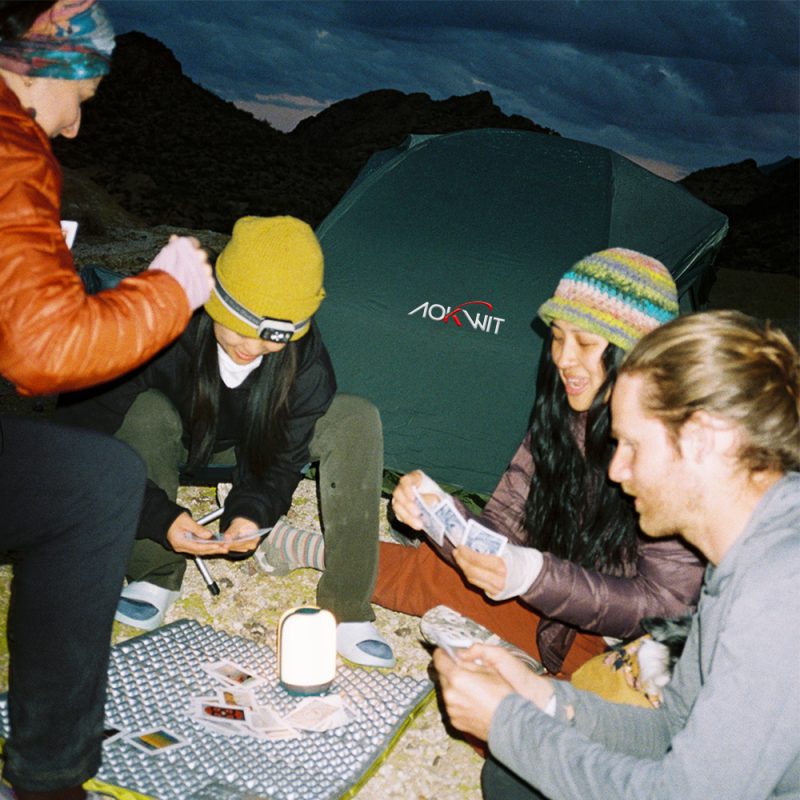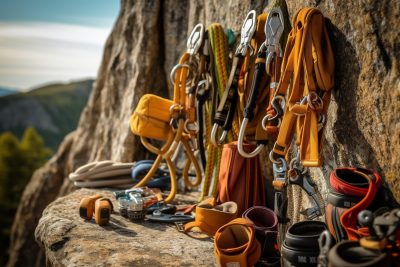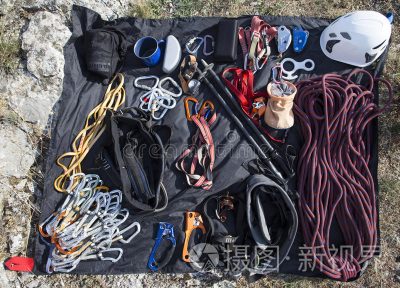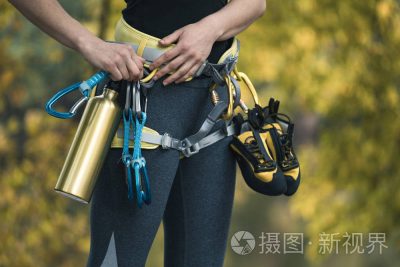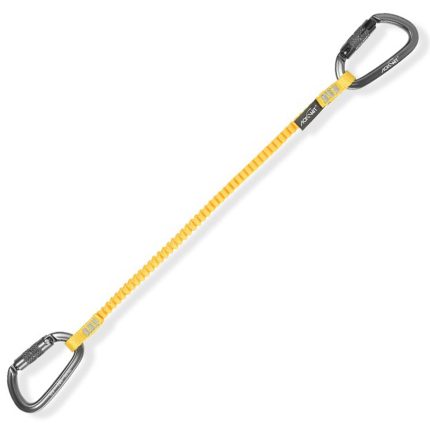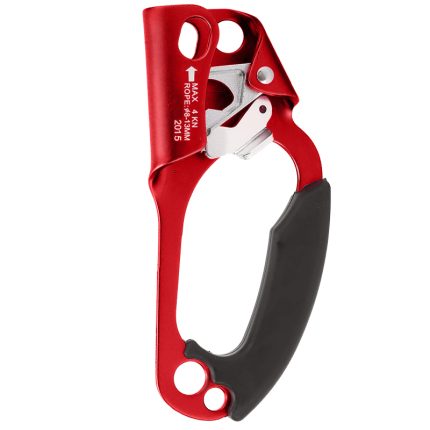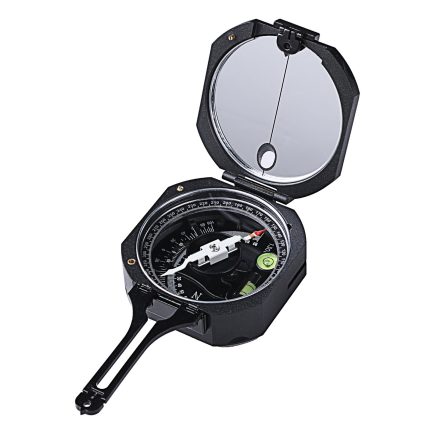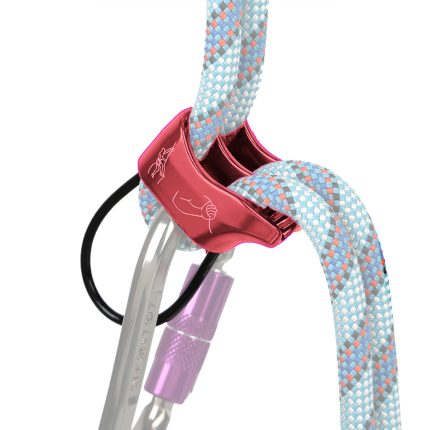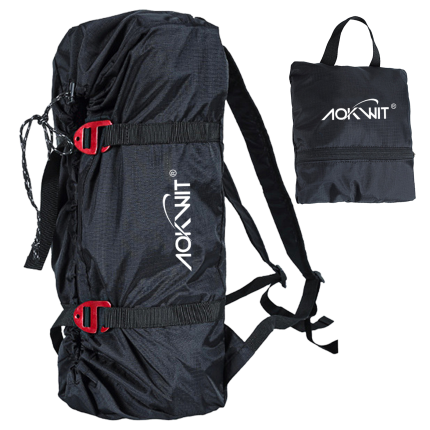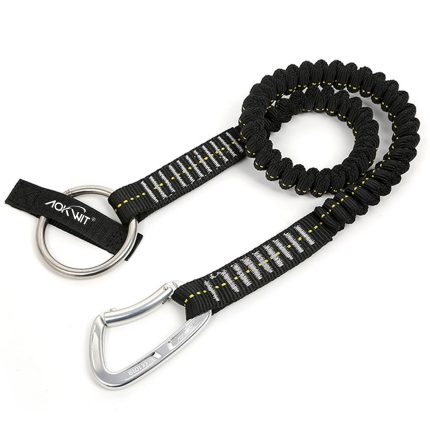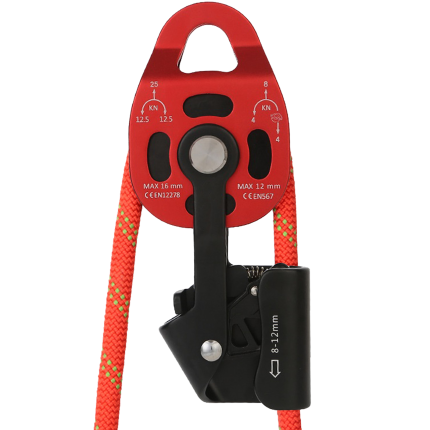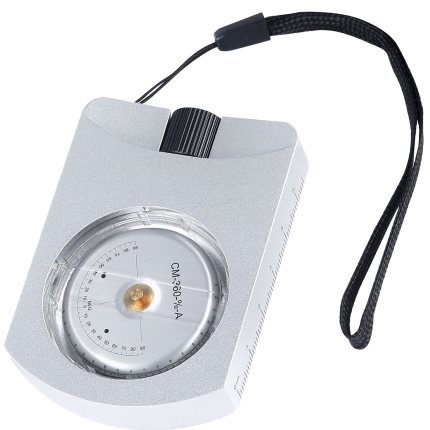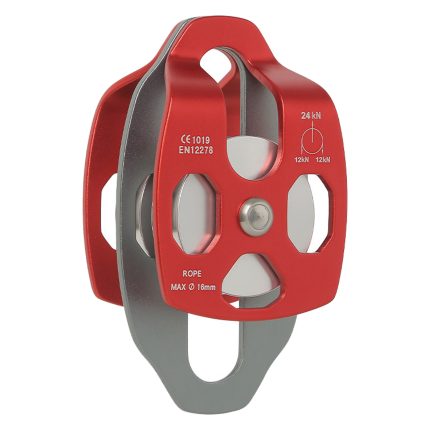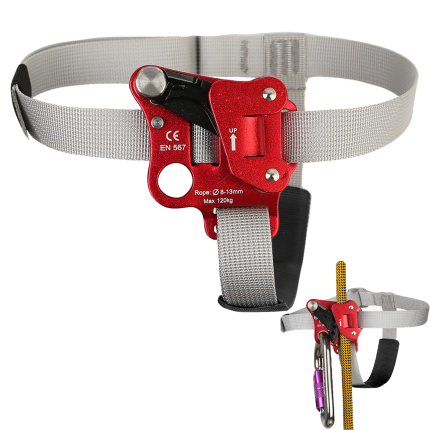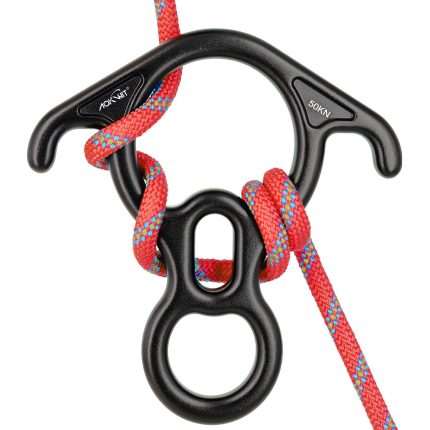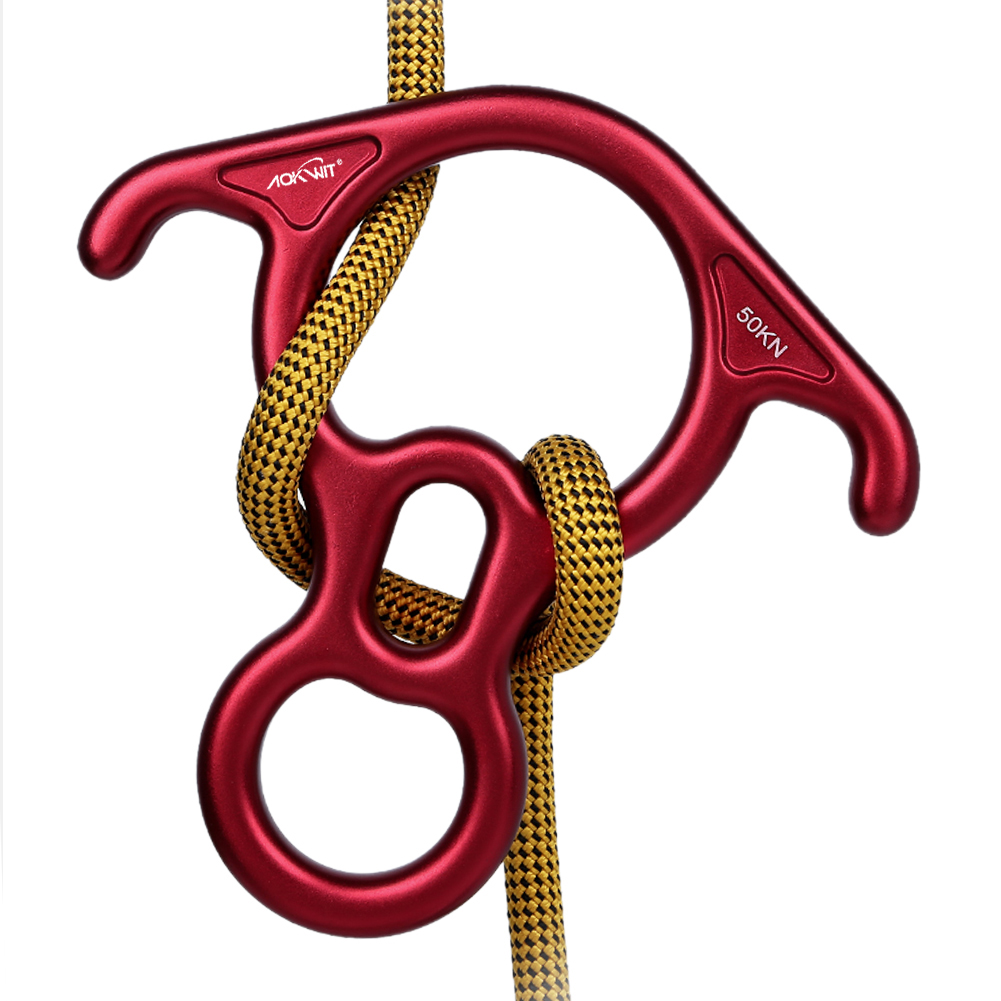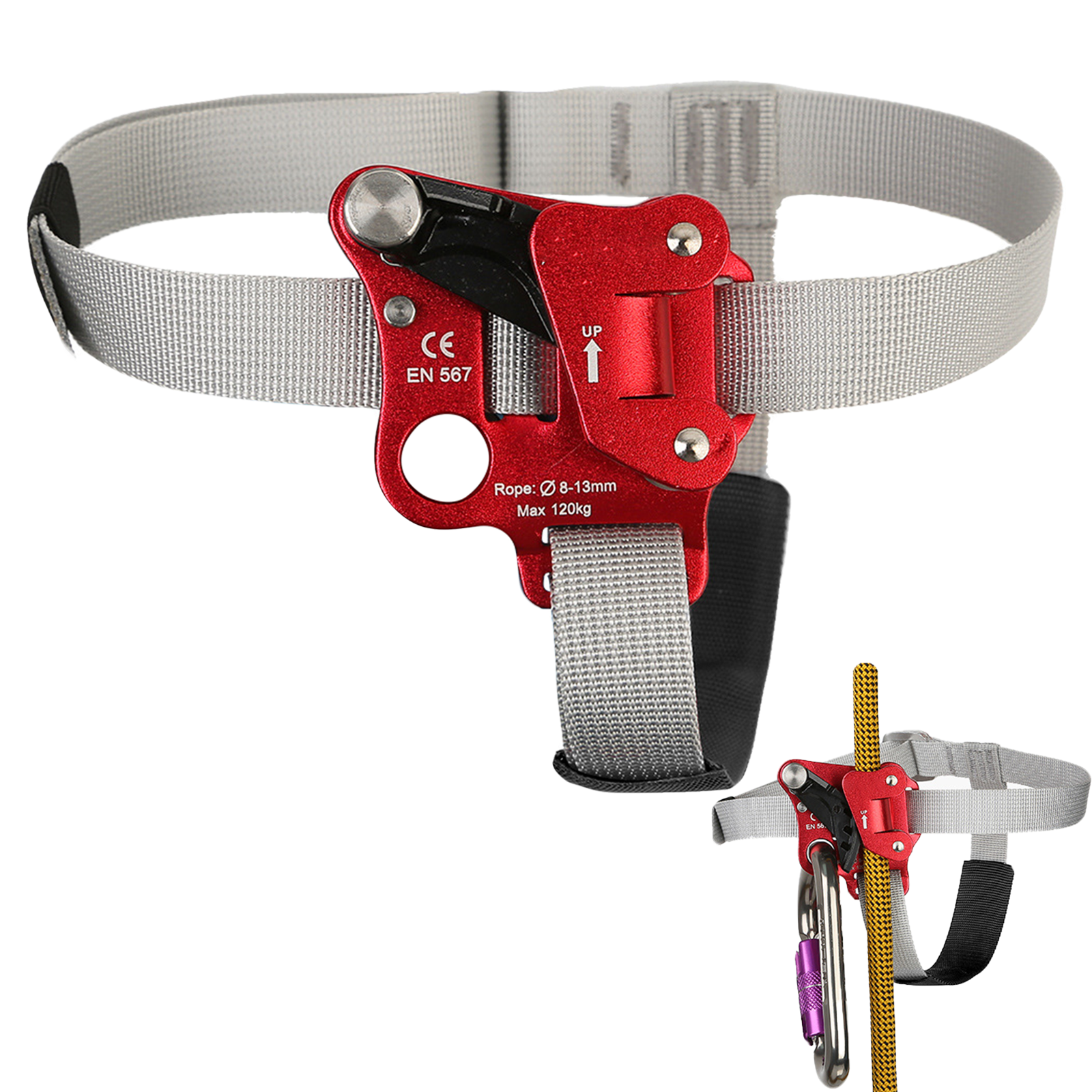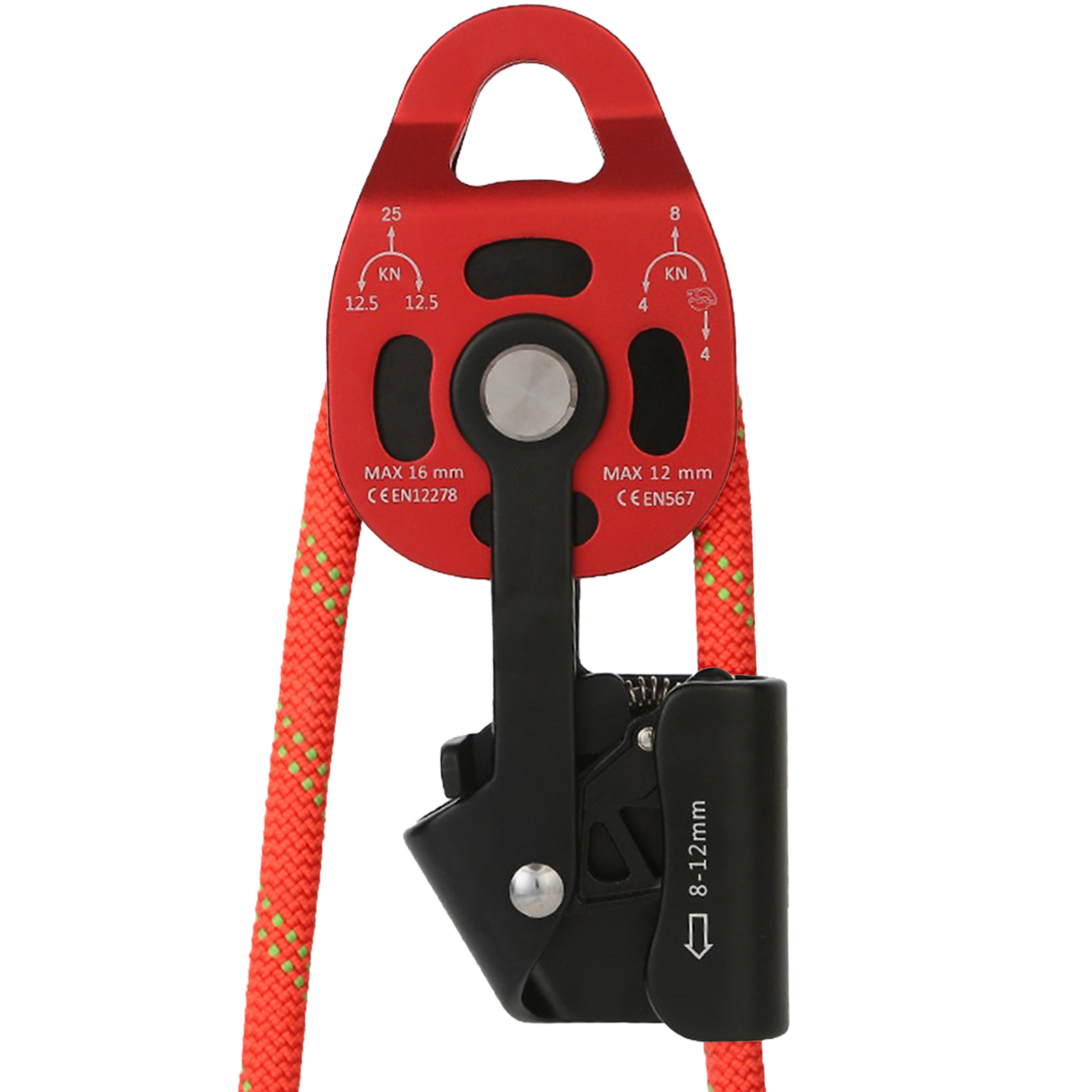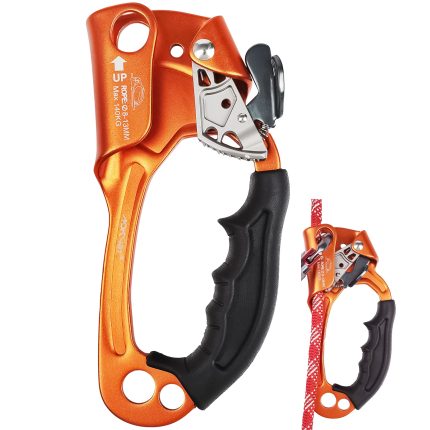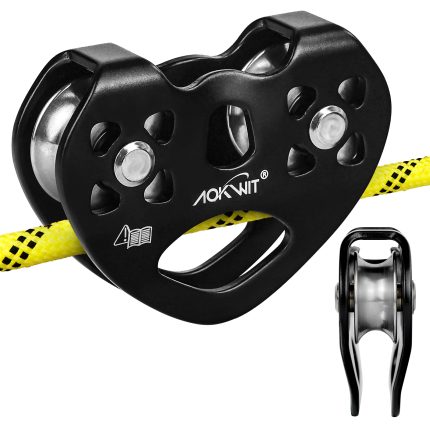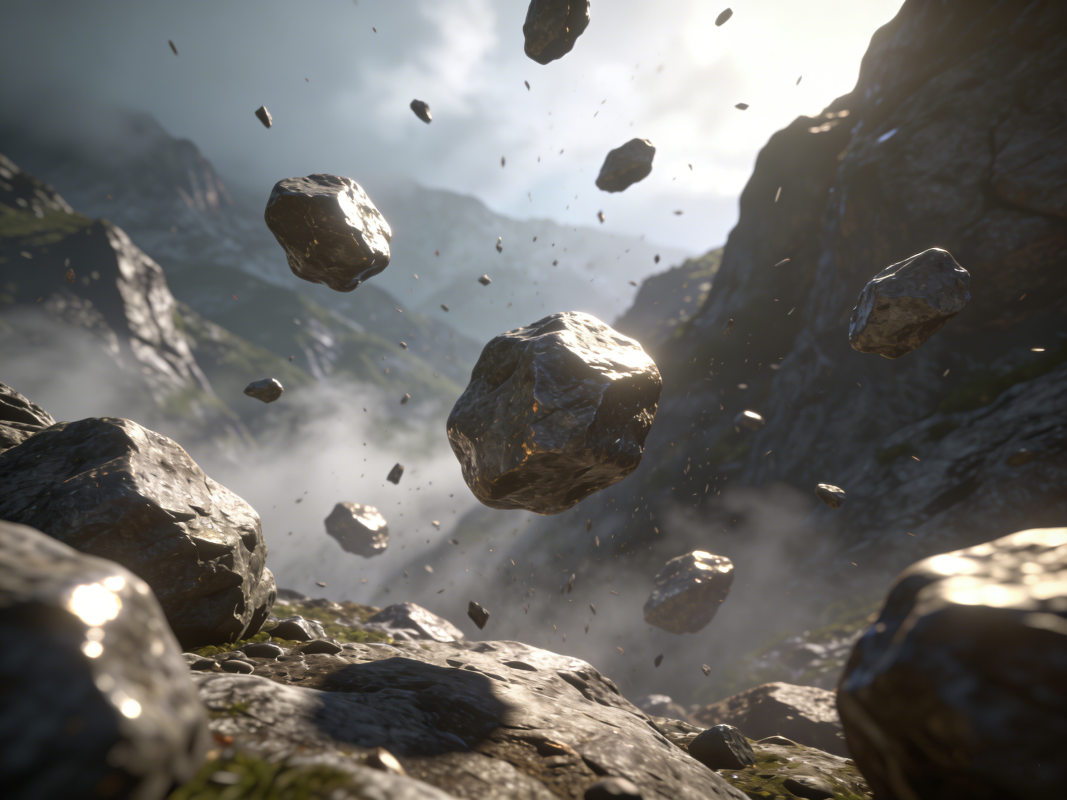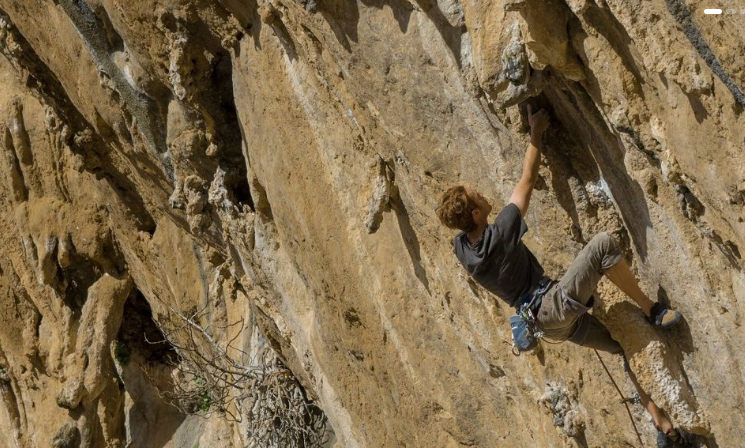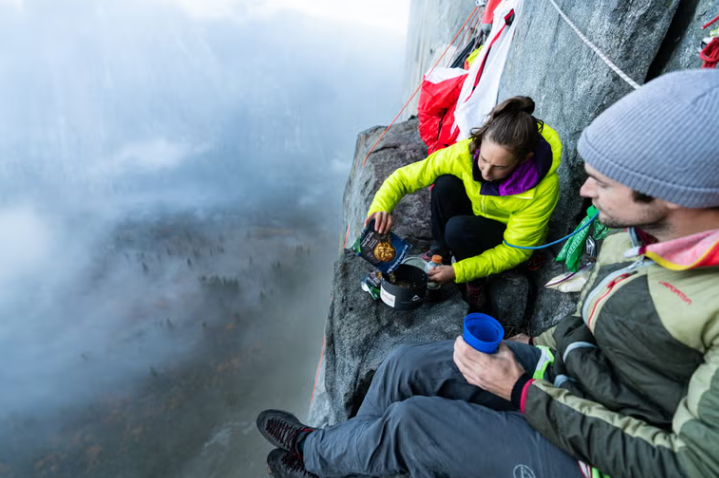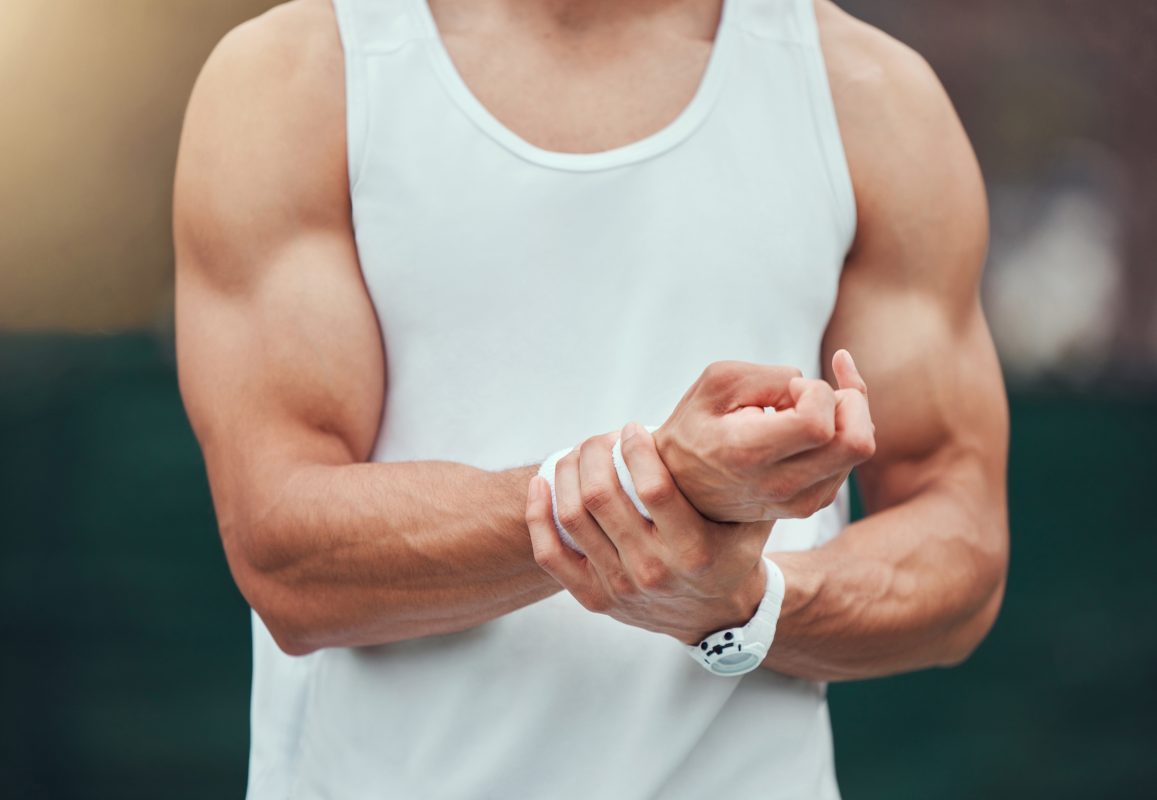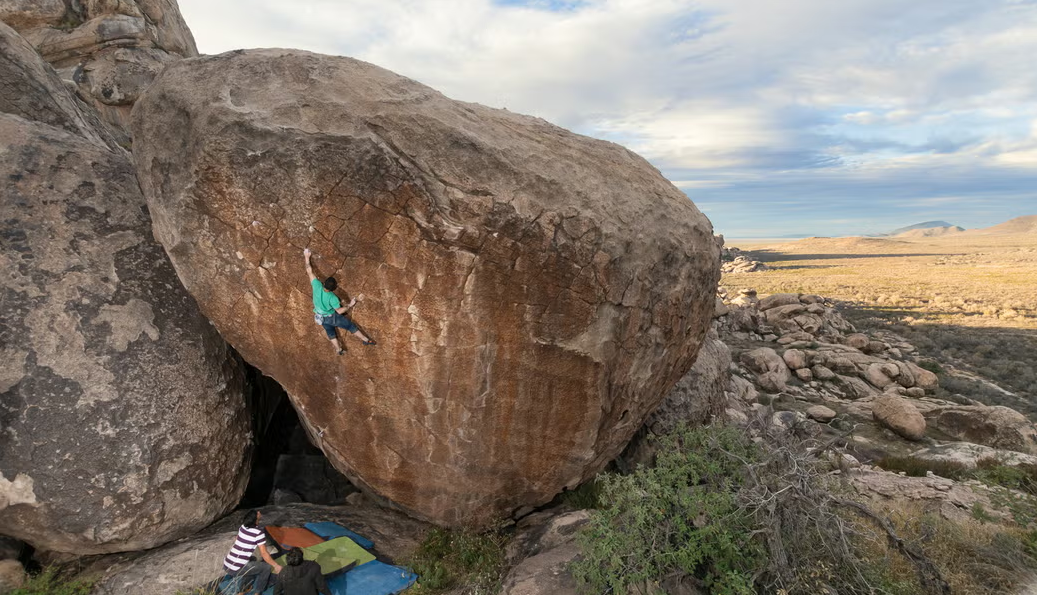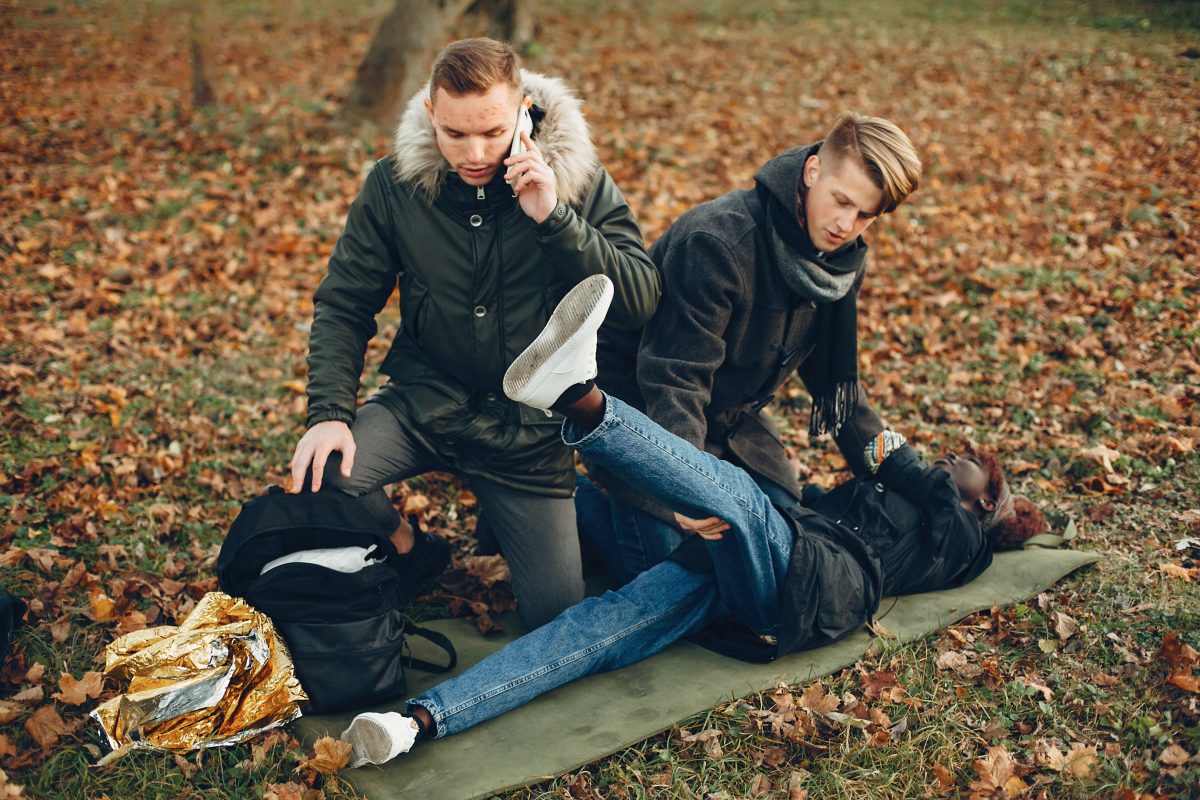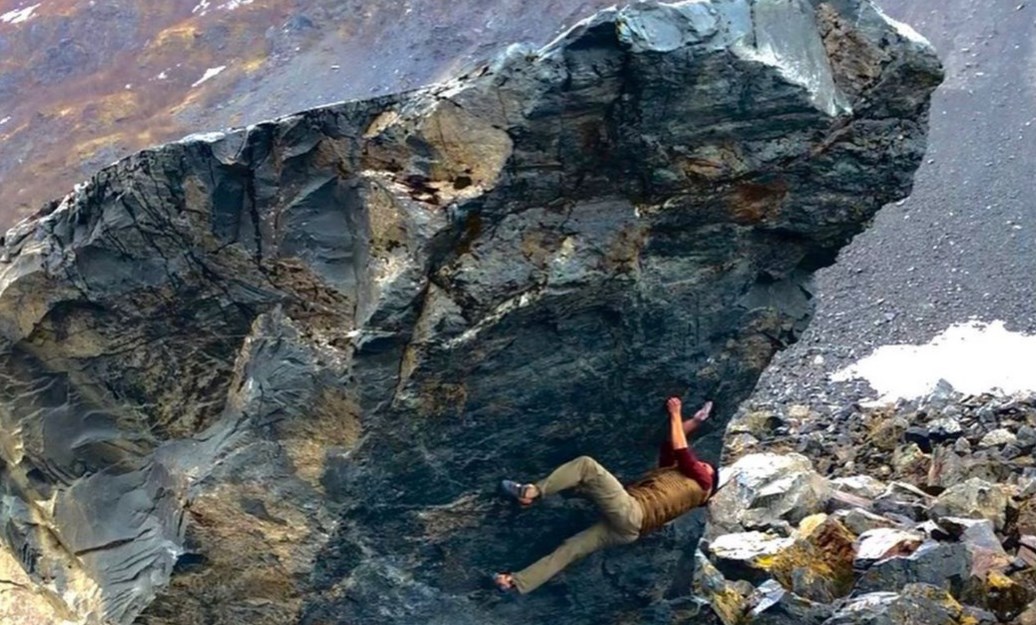Rock Climbing Techniques: A Guide to Practicing Falls in Sport Climbing
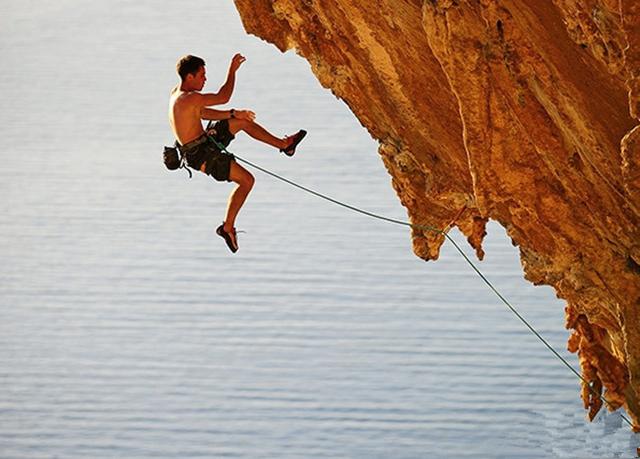
Core Goal:
To practice falling safely and comfortably, overcome fear, and enhance focus and confidence while climbing.
Core Principles:
- Progressive Overload: Start with small distances and low risk, gradually increasing difficulty and height.
- Active Relaxation: Control physical reactions through correct falling posture and breathing techniques.
- Safety First: Strictly select venues and equipment, and prioritize belaying skills.
- Reciprocal Practice: Practice both falling techniques and belaying skills.
I. Understanding the Importance of Fall Practice
- Even without fear of falling, incorrect posture can cause discomfort or injury (uncertainty).
- Worry about falling distracts focus during climbing, leading to hesitation.
- Mastering safe and comfortable falling techniques allows you to focus 100% on the climbing itself.
- The core of practice is: effectively releasing tension in a short time and controlling body posture.
II. Key Preparations
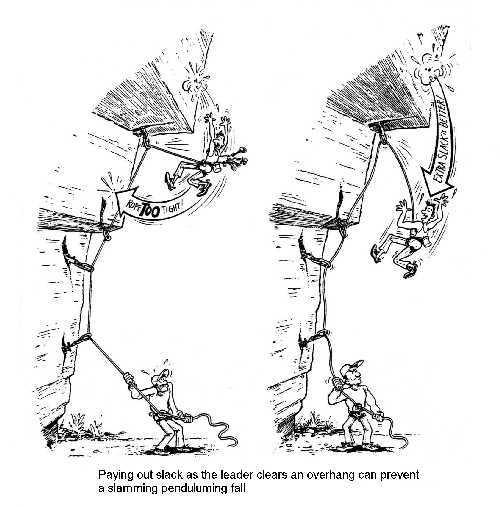
1. Choosing a Safe Venue:
- Slightly overhanging rock wall.
- Ensure the middle and upper sections are clean and free of obstacles (rocks, ledges, etc.).
- The starting area should be simple and easy to access/descend.
2. Setting Up the Practice Scenario:
- Lead climb to a height of 40-50 feet (approx. 12-15 meters).
- Set a reliable anchor point at this height (to serve as the top anchor for top-rope falling practice).
- Lower down to a position approximately 15 feet (approx. 4.5 meters) above the belayer.
Purpose: To create a safe starting point for top-rope fall practice.
III. Foundational Practice: Top-Rope Falling
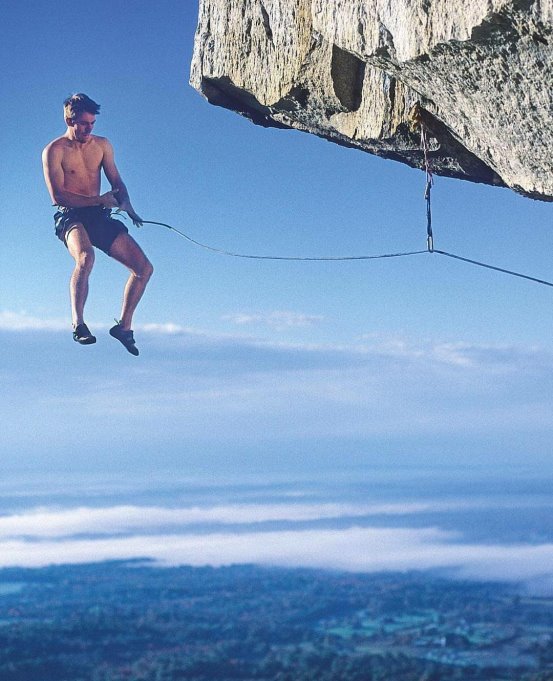
Core: Focus on posture and breath control under absolute safety (slack top-rope).
Steps:
- Starting Position:
At the pre-set starting point (approx. 15 feet above ground).
2. Short Distance Attempts:
Climb up a few feet -> Belayer locks off the rope to secure you -> Practice falling.
- Falling Posture Essentials:
- Look Down: Focus your gaze on the landing spot/fall zone.
- Body Position: Arms and legs slightly bent, shoulder-width apart, body slightly coiled (not rigidly straight).
- Breathing: Slow, deep exhalation throughout the fall (aids relaxation).
3. Gradually Increase Distance:
- Climb up 5-6 feet higher (still on top-rope) -> Fall again using the key points.
- Core Principle: Only increase the distance by small increments each time (incremental expansion of the comfort zone).
- Fall Distance & Breathing: Longer falls require correspondingly longer exhalation times.
4. Safety Limit:
Strictly prohibited to climb above the highest anchor point (top anchor) for top-rope falls!
5. Self-Regulation:
- If feeling tense, immediately stop increasing the distance or reduce it.
- Only continue increasing distance once feeling completely relaxed and comfortable.
- Goal: To be able to fall comfortably 15-20 feet (approx. 4.5-6 meters) on a slack top-rope.
IV. Advanced Practice: Lead Falling
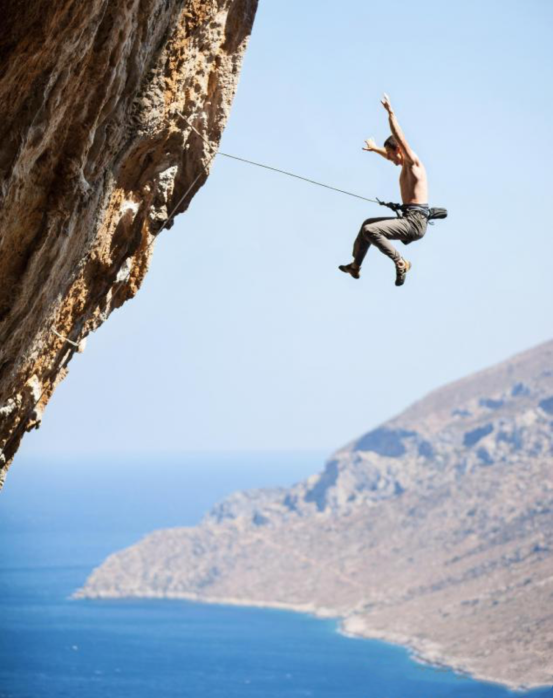
Prerequisite: Mastery of top-rope falling techniques, feeling comfortable and relaxed.
Core: Practice in a lead climbing scenario, relying on the belayer to provide a soft catch.
Steps:
- Use Standard Setup:
Belayer provides a normal lead belay.
2. Safe Start:
Climb to a high bolt and clip the rope into a quickdraw.
3. Short Distance Attempts:
Let go with both hands and fall like a top-rope fall (the bolt is now below you).
- Falling Posture Essentials: Exactly the same as top-rope falling (look down, body position, slow deep exhalation).
4. Gradually Increase Distance:
- Climb up to clip one or two more bolts (i.e., clip 1-2 more quickdraws).
- Practice short lead falls.
- Ensure each increase is within your comfort zone.
5. Belayer Requirement: Critical!
- The belayer must be capable of providing an active, soft catch (see Part V).
6. Key Techniques:
- Continuous Exhalation: Maintain a slow, deep exhalation throughout the entire fall.
- Relax the Body: Allow the body to fall freely, avoid tensing up.
- No Jumping/Kicking Off:
- Actively jumping or kicking off the wall causes severe pendulum swings, increases the risk of hitting the wall, and creates sudden rope tension.
7.Observe and Learn:
Consciously observe how you fall, how the rope behaves, and continuously refine falling posture and techniques to avoid impacts.
V. Essential: Belayer Training
Why it’s Important:
- Understands belaying essentials, increasing confidence in your partner’s safety.
- Enables more effective communication of needs to your belayer when leading.
Key Techniques for Catching a Fall:
- Soft Catch:
- Avoid: Standing rigidly on the ground, instantly locking the brake (causes a harsh impact for the climber and potential wall collision).
- Correct Method: Allow yourself to be lifted moderately (2-5 feet or more, depending on climber weight and fall force), allowing the falling force to dissipate smoothly.
- Goal: To provide a soft arrest, minimizing peak impact force.
2. Adapt to Different Climbers:
Practice belaying partners of different weights and falling styles.
3. Braking Action:
The braking action should always be progressive (feathering), avoiding abrupt stops.
4. Belayer Mindset:
Overcome personal fear and focus on providing a safe, effective soft catch.
VI. Safety Essentials & Integrating Practice
- Progression is Key:
Spread fall practice sessions over several days or even weeks.
2. Goal Setting:
The ultimate practice fall distance should exceed the length of the routes you plan to climb.
3. Integrate into Regular Training:
- Make fall practice part of your regular warm-up routine.
- Integrate it into your ongoing climbing projects.
4. Wisdom in Route Selection:
- If you cannot take a clean, safe fall on a particular route, this is a critical signal: this route may not be suitable for pushing your limits.
- Prioritize Safe Zones for Pushing Limits:
- Ensure the fall zone is safe to dedicate full focus to the climbing and falling process itself.
5. Ultimate Principle:
“Physical training is never too late, but mental focus must be cultivated in advance.“
Safety awareness and correct technique are the foundation for focused climbing.
